Figures & data
Figure 1. Hm0487 binds SEB with high affinity.

Figure 2. Hm0487 recognizes a novel liner epitope in SEB.
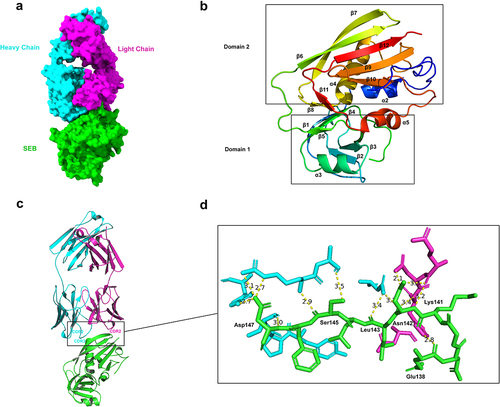
Table 1. Refinement statistics for mSEB-Hm0487Fab.
Table 2. The interactions between SEB and the Fab of Hm0487.
Figure 3. SEB interacts with TCR, MHC-II and Hm0487 through distinct domains.
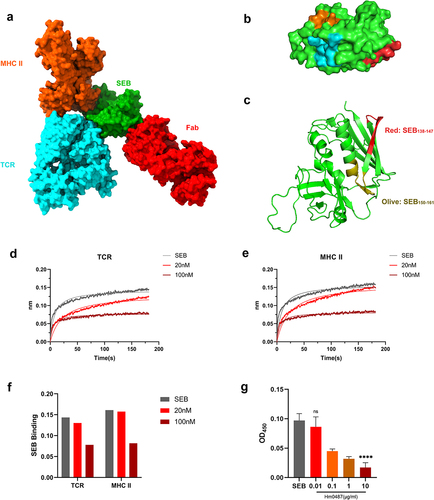
Figure 4. Hm0487 impact the binding of SEB with target cells.
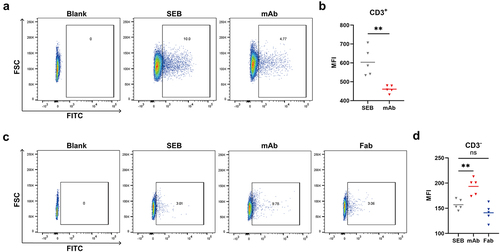
Figure 5. Hm0487 protect mice from lethal SEB challenge.
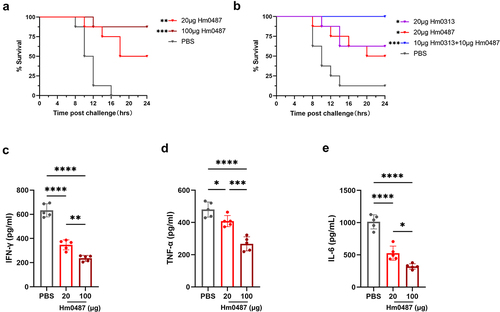
Figure 6. Hm0487 protect against S. aureus-induced sepsis.
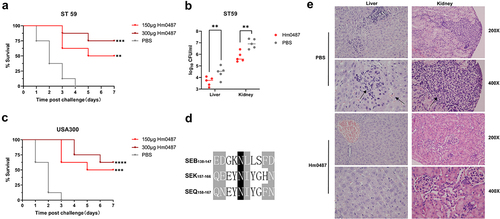
Supplemental Material
Download Zip (1.9 MB)Data availability statement
Data associated with this study are present in the manuscript or the supplementary information.
